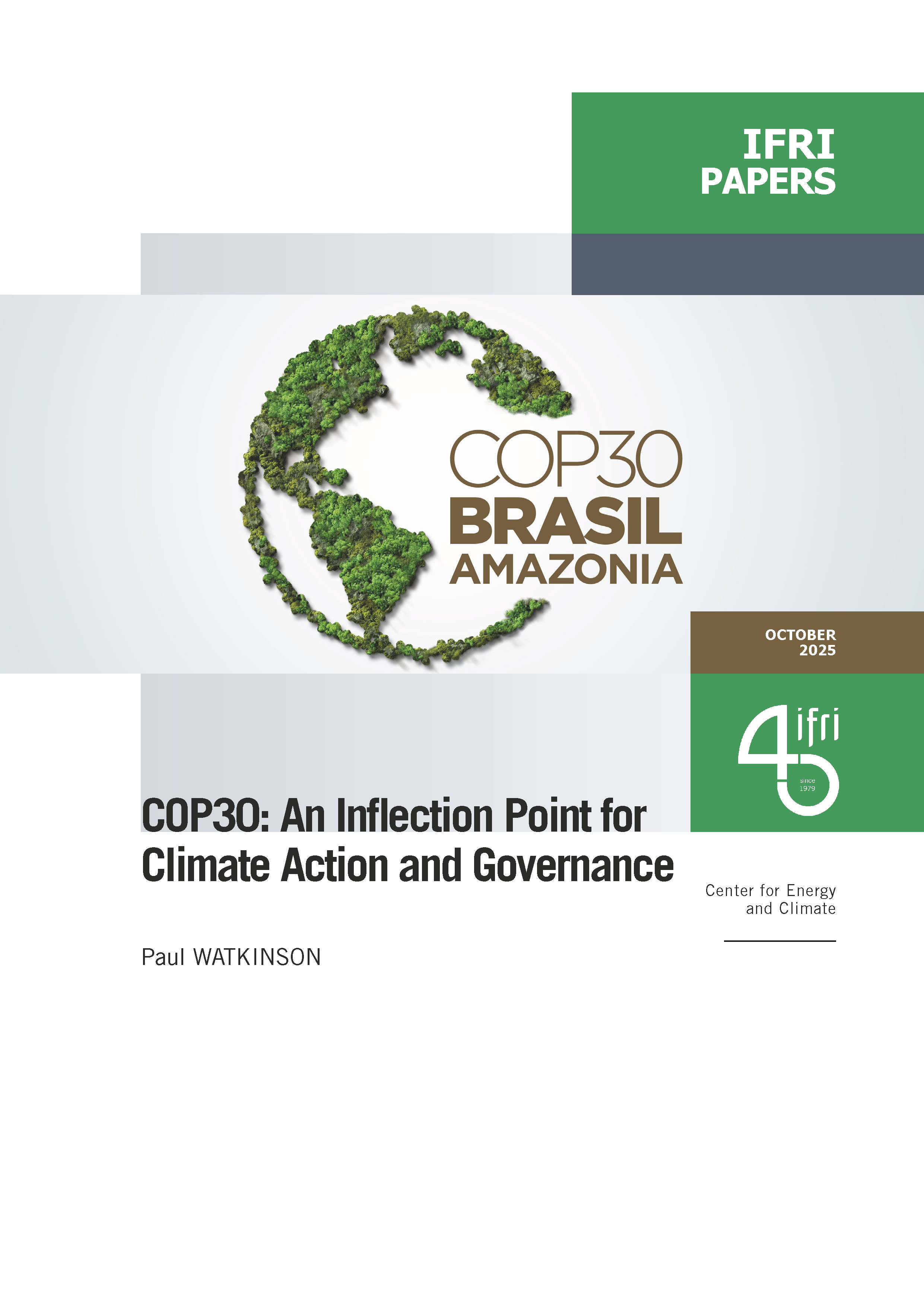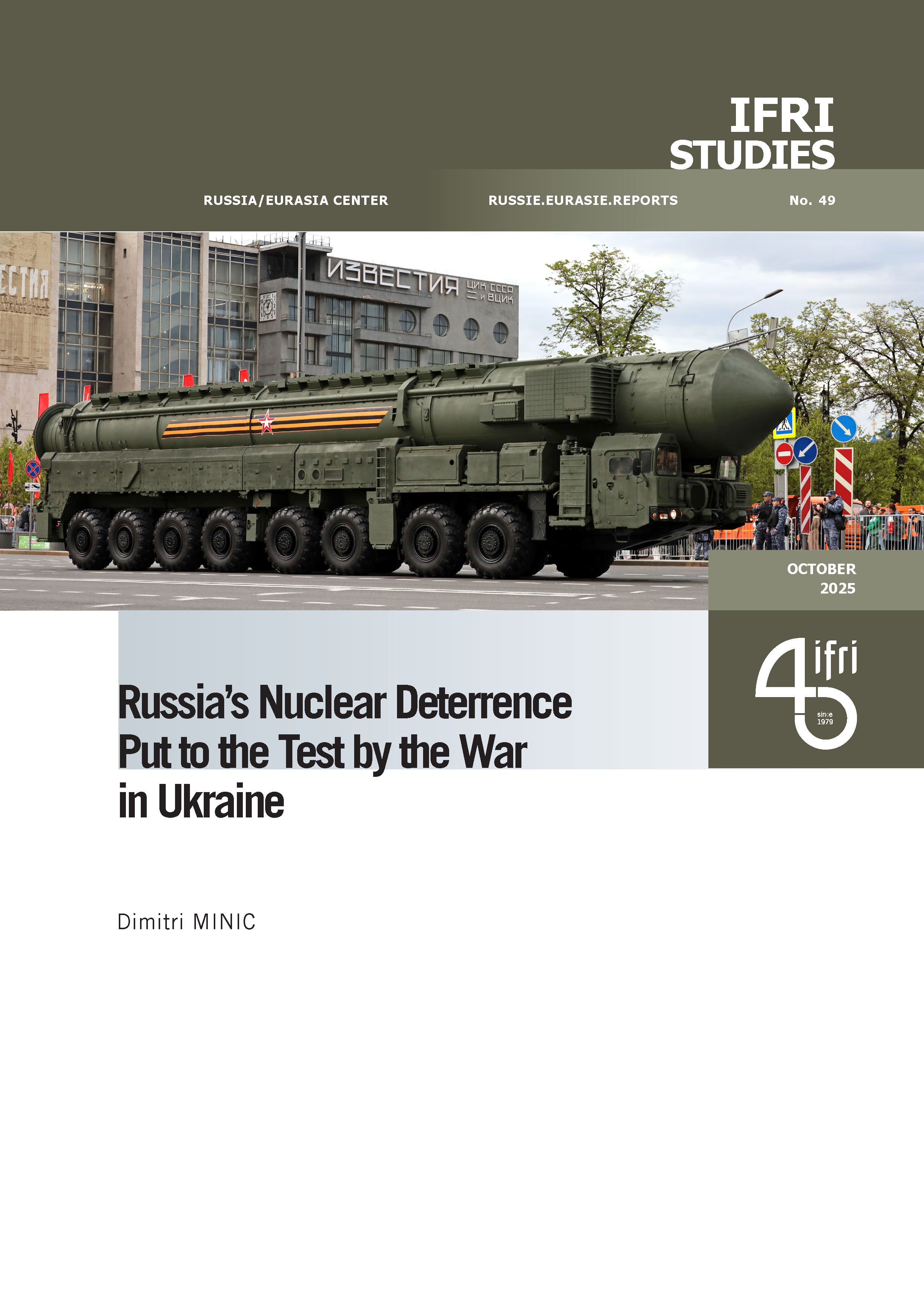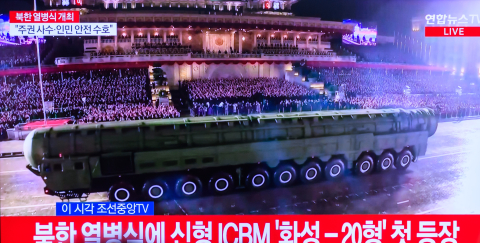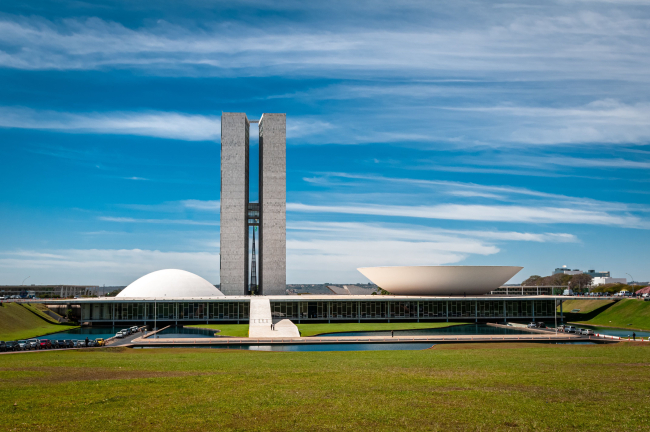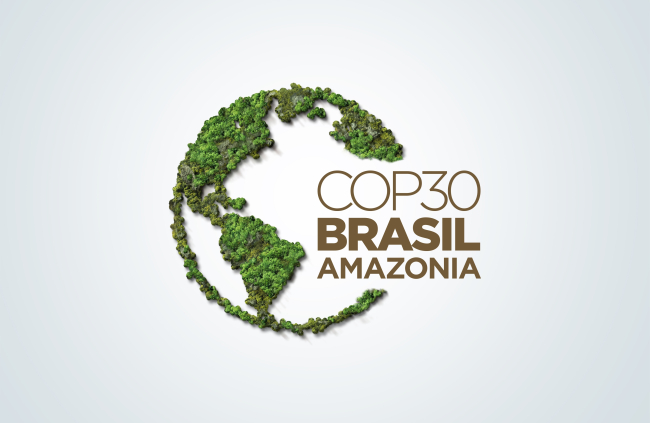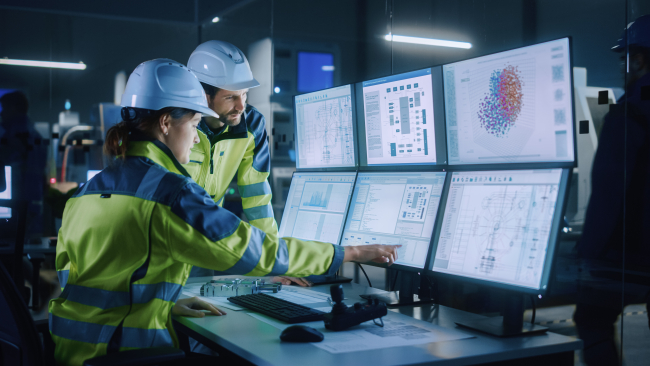Renewables in Transport: Directive 2009/28/EC - Devils in its Details

This Actuelle precedes a longer and more exhaustive paper on Electric Vehicles, under the title "The Electric Vehicle in the Climate Change Race: Tortoise, Hare or both?" by Maïté de Boncourt.
As part of the 3*20 targets reached in December 2008, the EC decided that the EU should, by 2020, source 20% of its Final Energy Consumption (FEC) renewably.
Working towards this aim should in general contribute to the primary objective of reducing emissions, but there are two major issues with the implementation of the target in the Transport sector which run the risk of being irrelevant or even counterproductive. Firstly, the constraining stipulation that all Member States should source 10% of their Transport sector FEC renewably will be a struggle for some Member States to achieve, forcing them to invest large amounts of money which would be better spent elsewhere. Secondly, the relevant legislation gives unrepresentative weight to the benefits of Electric Vehicles (EVs), meaning that Member States which invest in EVs may give the illusion of having reached their national renewable targets without actually having done so.
This paper is based on EC Directive 2009/28/EC (henceforth referred to as ‘the Directive") and the National Renewable Energy Action Plans of Denmark, France, Germany, Italy, Spain, and the UK which were submitted in response. Each EU Member State has an individual target for the proportion of its FEC which is to come from renewable sources in 2020. The targets are based on the countries" existing renewable shares (as shown in Table 1 below) and their supposed capacity for improvement. Together, they give an average EU-wide target of 20% across the 27 Member States.

Available in:
Regions and themes
Share
Download the full analysis
This page contains only a summary of our work. If you would like to have access to all the information from our research on the subject, you can download the full version in PDF format.
Renewables in Transport: Directive 2009/28/EC - Devils in its Details
Related centers and programs
Discover our other research centers and programsFind out more
Discover all our analysesBrazil One Year Away from the October 2026 General Elections
Brazil’s general elections will be held on October 4, 2026, to elect the president, vice-president, members of the National Congress, governors, deputy governors and state legislative assemblies. For the presidential and gubernatorial elections, a second round will be held on October 25 if no candidate obtains a majority of the votes in the first round.
COP30: An Inflection Point for Climate Action and Governance
The 30th Conference of the Parties (COP30), opening in Belém, Brazil, on November 10th 2025, convenes at a perilous moment.
The Strategic Dimension of Skills in the Clean Industrial Deal
In the competitiveness and energy transition battles, the European Union (EU) must master a determinant factor: skills.
The Energy Transition Faces Geopolitical Challenges. How Can Ideological Divides Be Overcome?
President Trump’s positions and policies, combined with record coal consumption and booming global electricity demand, geo-economic confrontation, and widespread concerns about energy security, are changing the game when it comes to understanding realistic decarbonization trajectories. The war in Europe is intensifying competition between defense and transition budgets. This is also the case elsewhere in the world.


